The right bottle isn’t just for holding milk - it's an investment in your baby's development, comfort, and your family's daily routine. Although choosing a baby bottle might seem straightforward, it can quickly become stressful for new parents, with all the countless materials, sizes, and flow rates out there.
In this comprehensive guide, we'll walk you through everything you need to know to make an informed choice, whether you're nesting for your baby’s arrival or transitioning from breastfeeding. We'll explore the safest materials, help you understand how size and shape impact your baby's feeding experience, and explain why nipple flow rates are crucial for both bottle-fed and breastfed babies. By the end, you'll have the knowledge and confidence to select a bottle system that grows with your family and makes those precious moments as smooth and stress-free as possible.
Choose the Right Material
While plastic bottles are common, not all are created equal. Older plastics may contain harmful substances like BPA (bisphenol A), which can leach into milk when heated or worn down over time. Even with BPA banned nearly worldwide, similar additives, often in the same chemical family, are frequently found in lower-quality plastics.
Look for safer materials such as:
- Tritan™ plastic: BPA-free, tough, and crystal-clear without the risk of breakage.
- Polyamide: Often used in medical settings, this material resists heat and is less likely to crack.
- Glass: A non-toxic, long-lasting choice, though heavier and more fragile than plastic alternatives.
When in doubt, check for bottles labeled as free from BPA, BPS, PVC, phthalates, and other potentially harmful chemicals. Babies are especially sensitive to environmental toxins, so choosing the right material is key.
Choose the Right Size and Shape
As your baby grows, their feeding habits evolve- and so should their bottle. A newborn’s needs are different from those of a 6-month-old beginning to self-feed.
For infants, opt for soft nipples with a slow flow rate to prevent choking and mimic breastfeeding. Lightweight bottles are easier for small hands and mouths to manage.
As babies get older, durability becomes more important. Toddlers may drop, throw, or begin holding bottles independently, so switching to sturdier materials or bottles with handles might be a good idea. Some brands even offer modular systems that evolve with your baby, converting from bottle to sippy cup or straw cup as your child grows, such as the Quark BuubiBottle Collection. This flexibility can save money and reduce waste in the long run.
Choose a Bottle with Different Flow Rates
For breastfed babies, a slow-flow nipple encourages babies to suck and swallow at a pace similar to breastfeeding, which supports smoother transitions between breast and bottle.
Here’s what to look for:
- Slow-flow nipples: Ideal for newborns and exclusively breastfed babies. These reduce the risk of bottle preference and make it easier for your baby to switch between breast and bottle.
- Breast-like shapes: Wide-base nipples with gradual slopes can help mimic the natural latch of breastfeeding.
- Multiple flow levels: As your baby grows and becomes more efficient at feeding, being able to switch to medium or fast-flow nipples can help accommodate their needs.
Testing a few options may be necessary, as every baby has a different preference and pace. For more insight, check out this guide to the top 5 questions to ask before buying a baby bottle.
Finding the right bottle for your baby comes down to understanding your family’s needs and your baby’s stage of development. By asking the right questions about lifestyle, feeding challenges, materials, and ease of use, you can narrow down the options and choose a bottle that fits seamlessly into your routine. With a little research and flexibility, you’ll be able to find a solution that keeps feeding time smooth, safe, and stress-free.
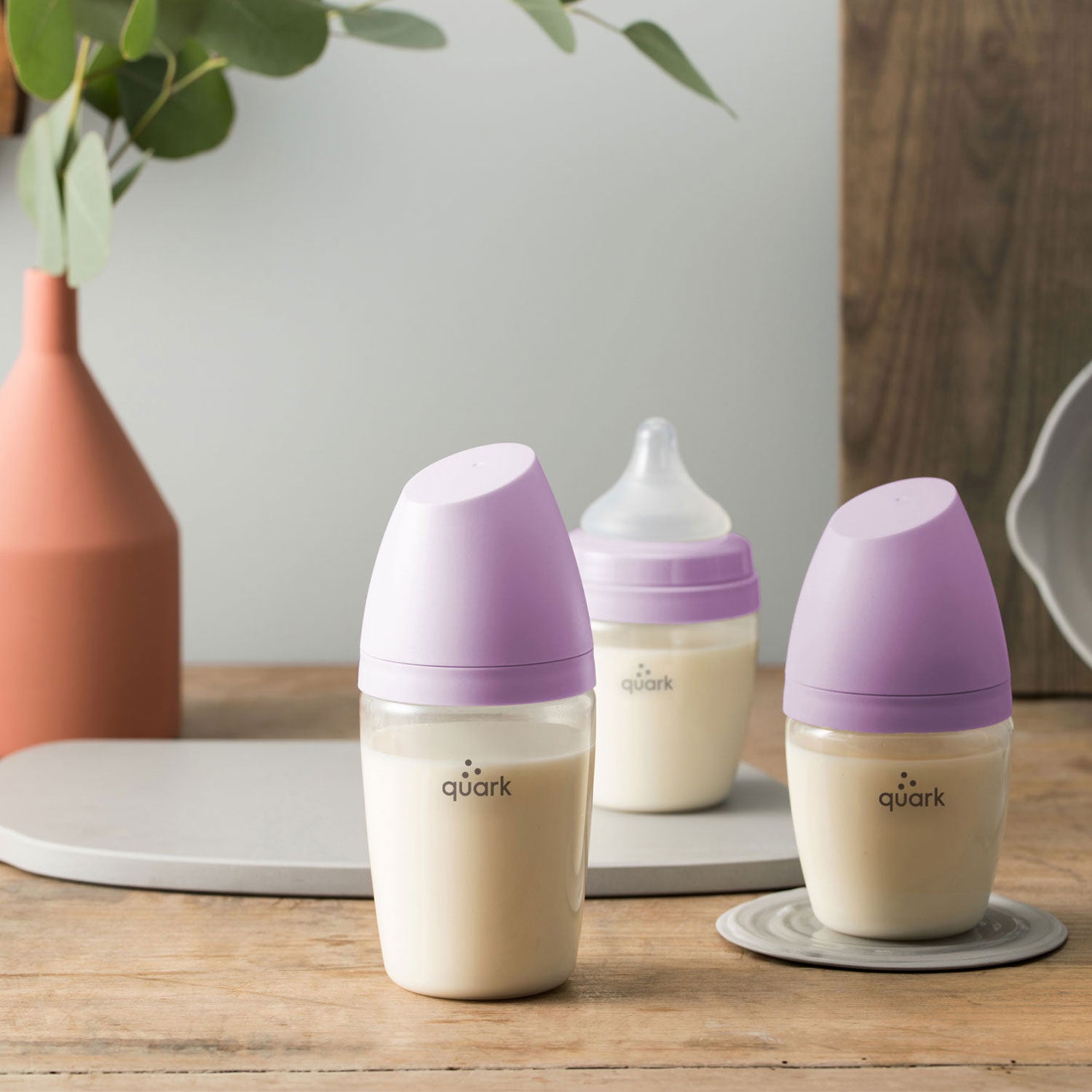
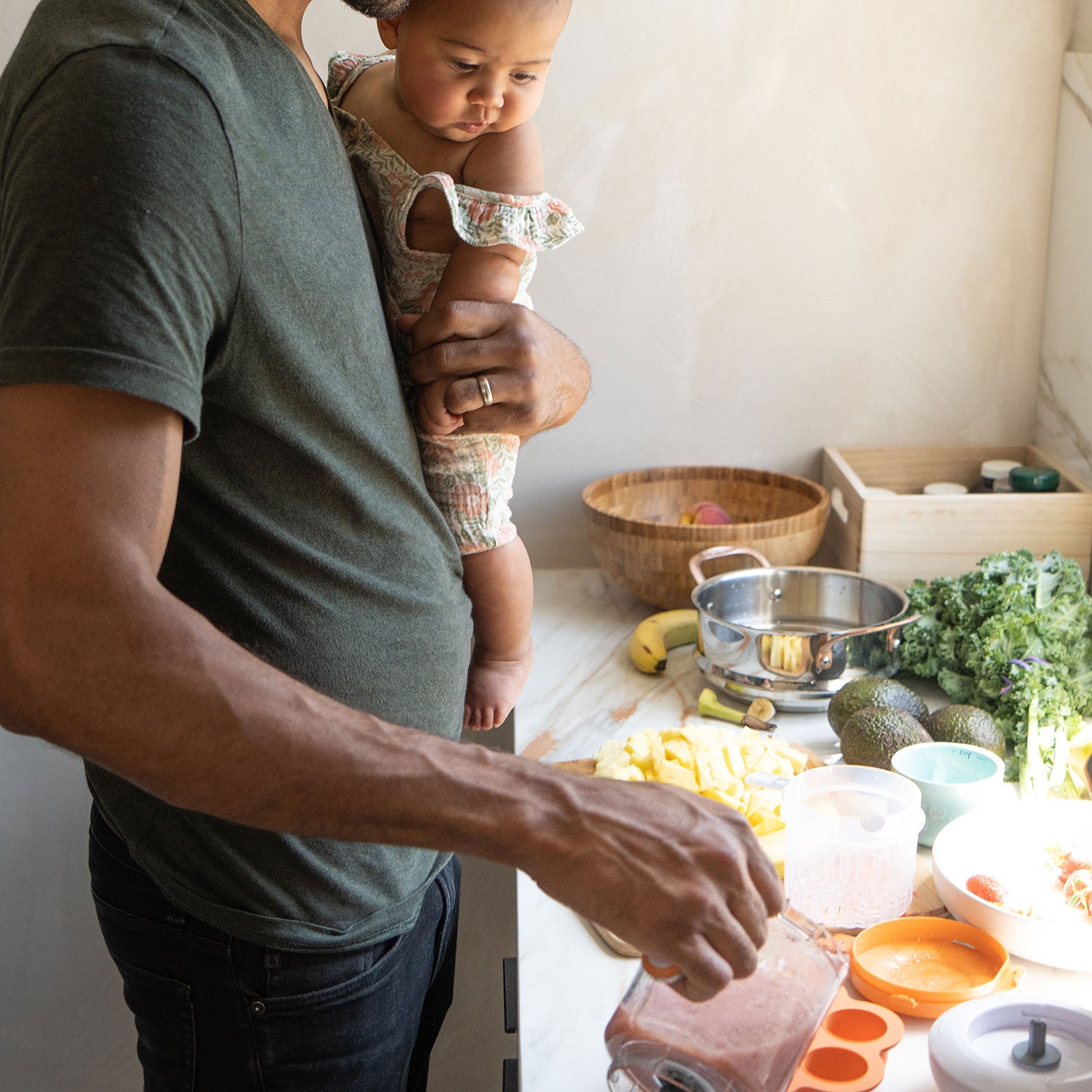

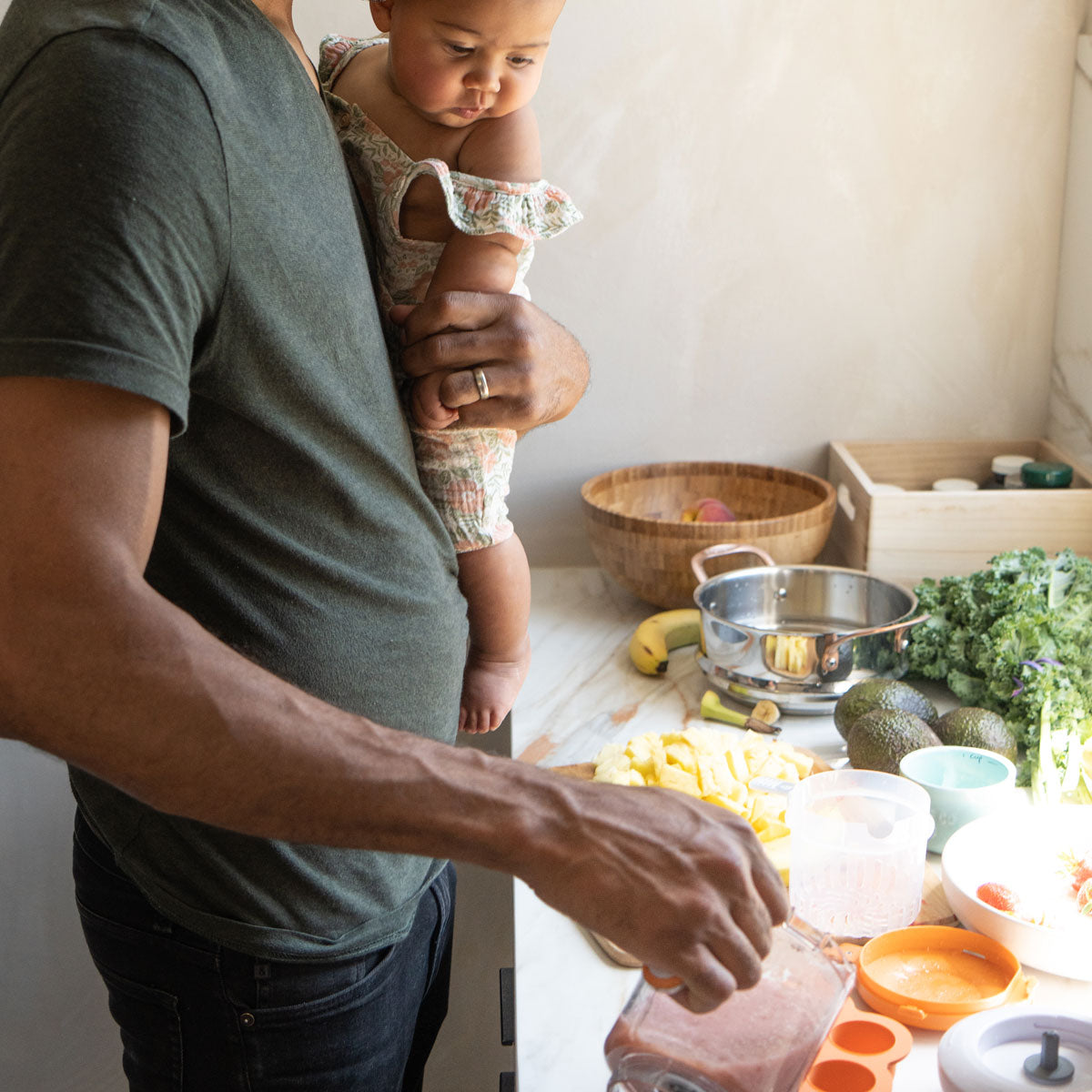
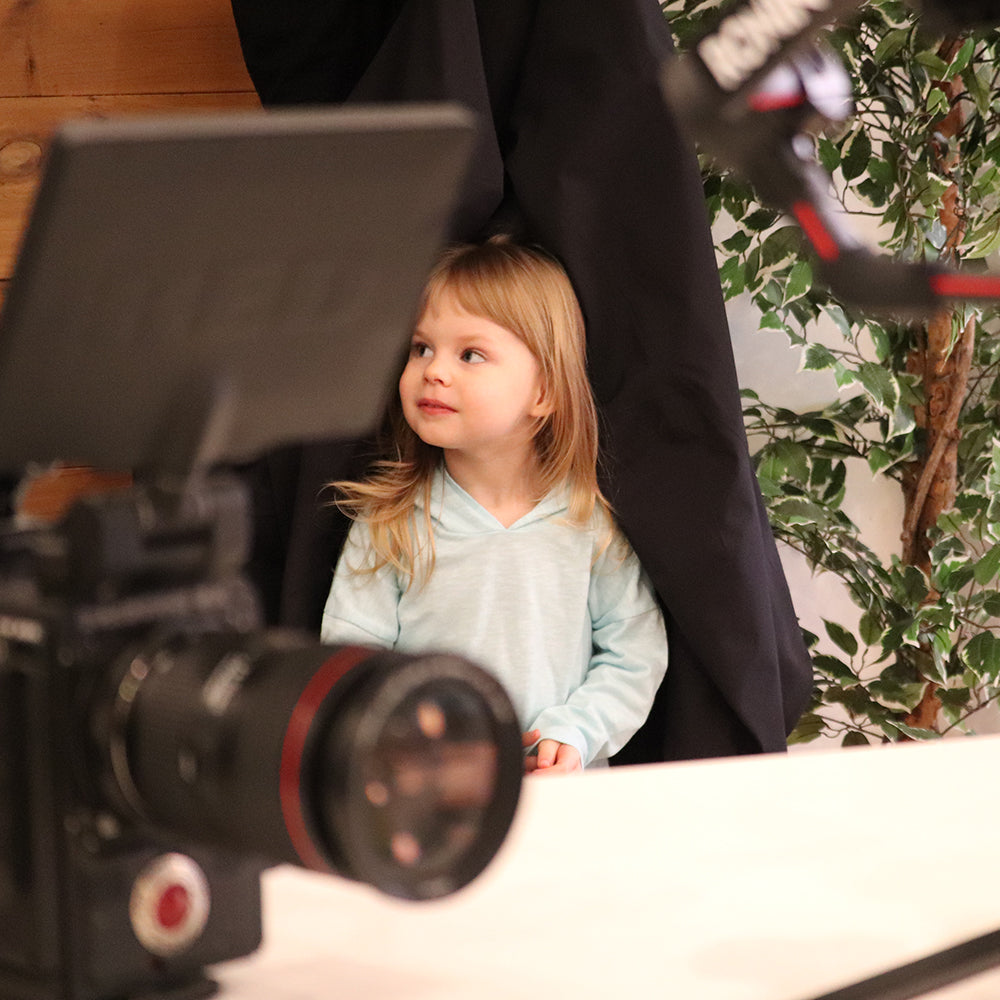
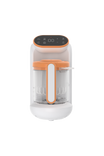
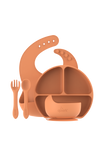
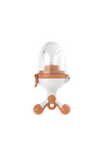
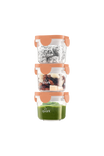
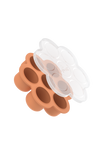
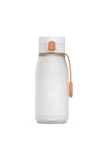
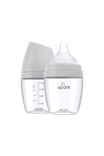
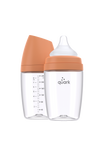
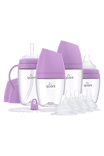
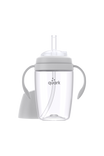
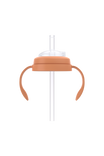
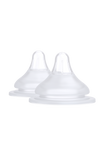
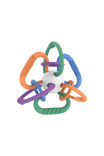
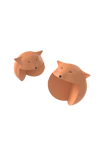
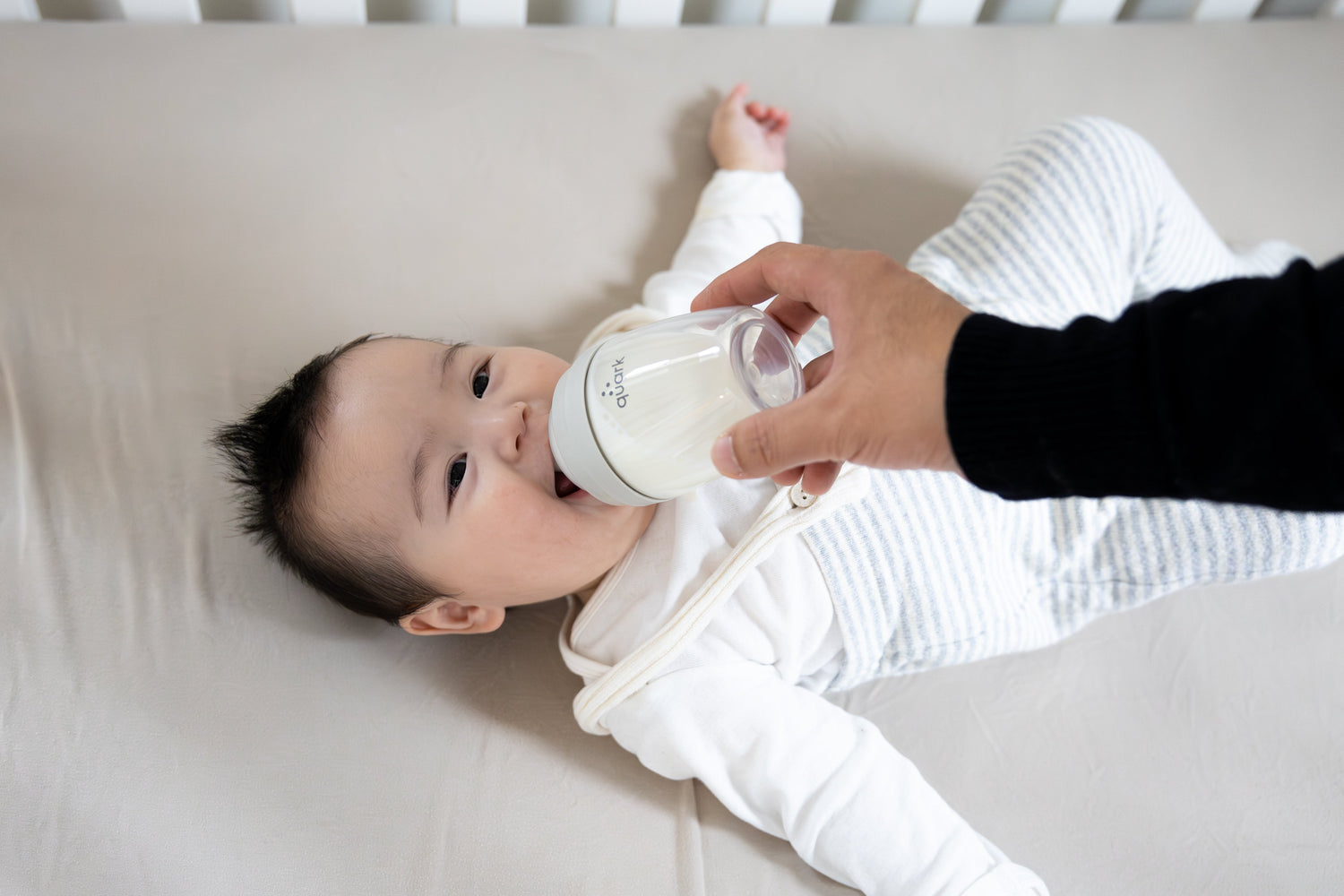
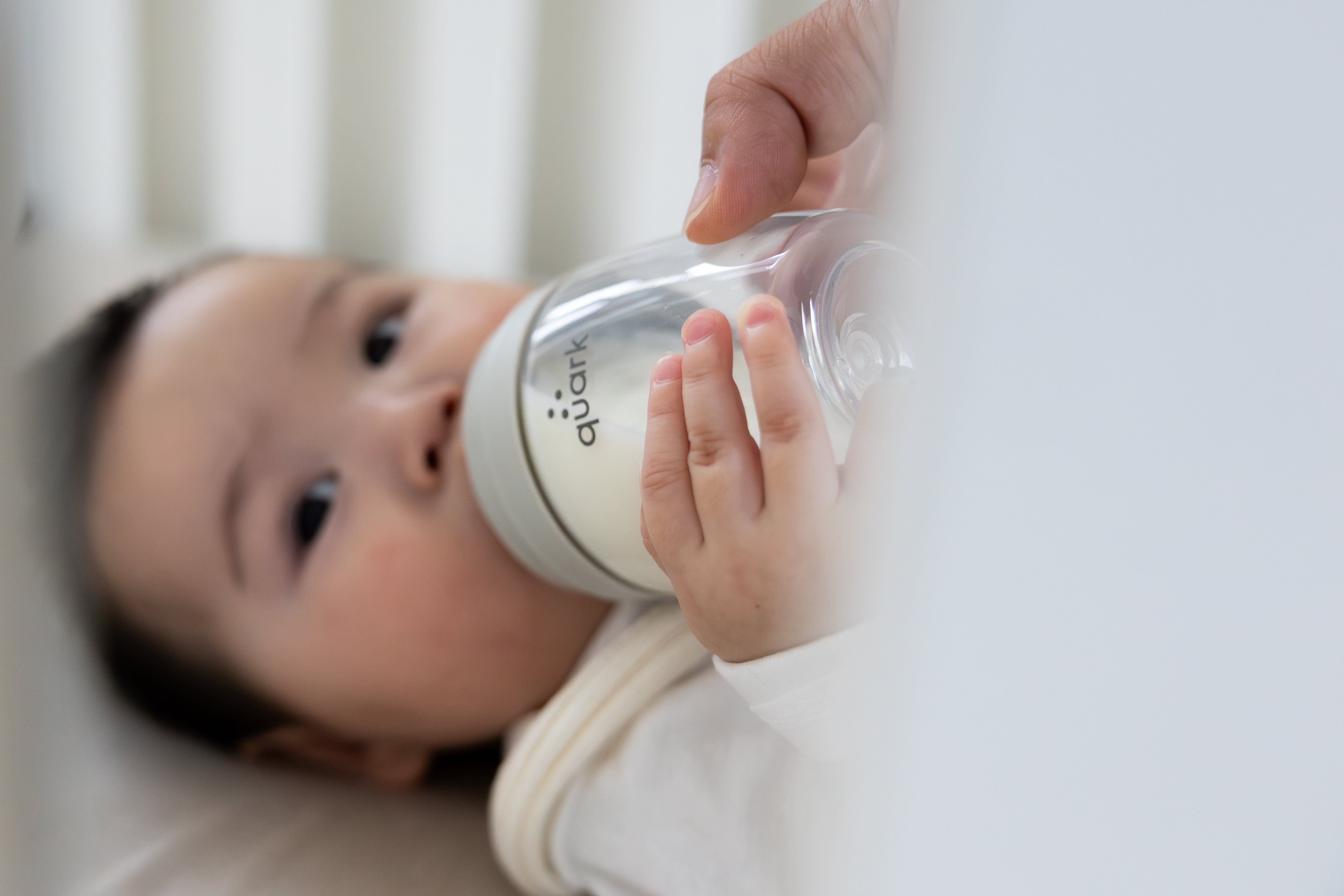

Laisser un commentaire
Tous les commentaires sont modérés avant d'être publiés.
Ce site est protégé par hCaptcha, et la Politique de confidentialité et les Conditions de service de hCaptcha s’appliquent.